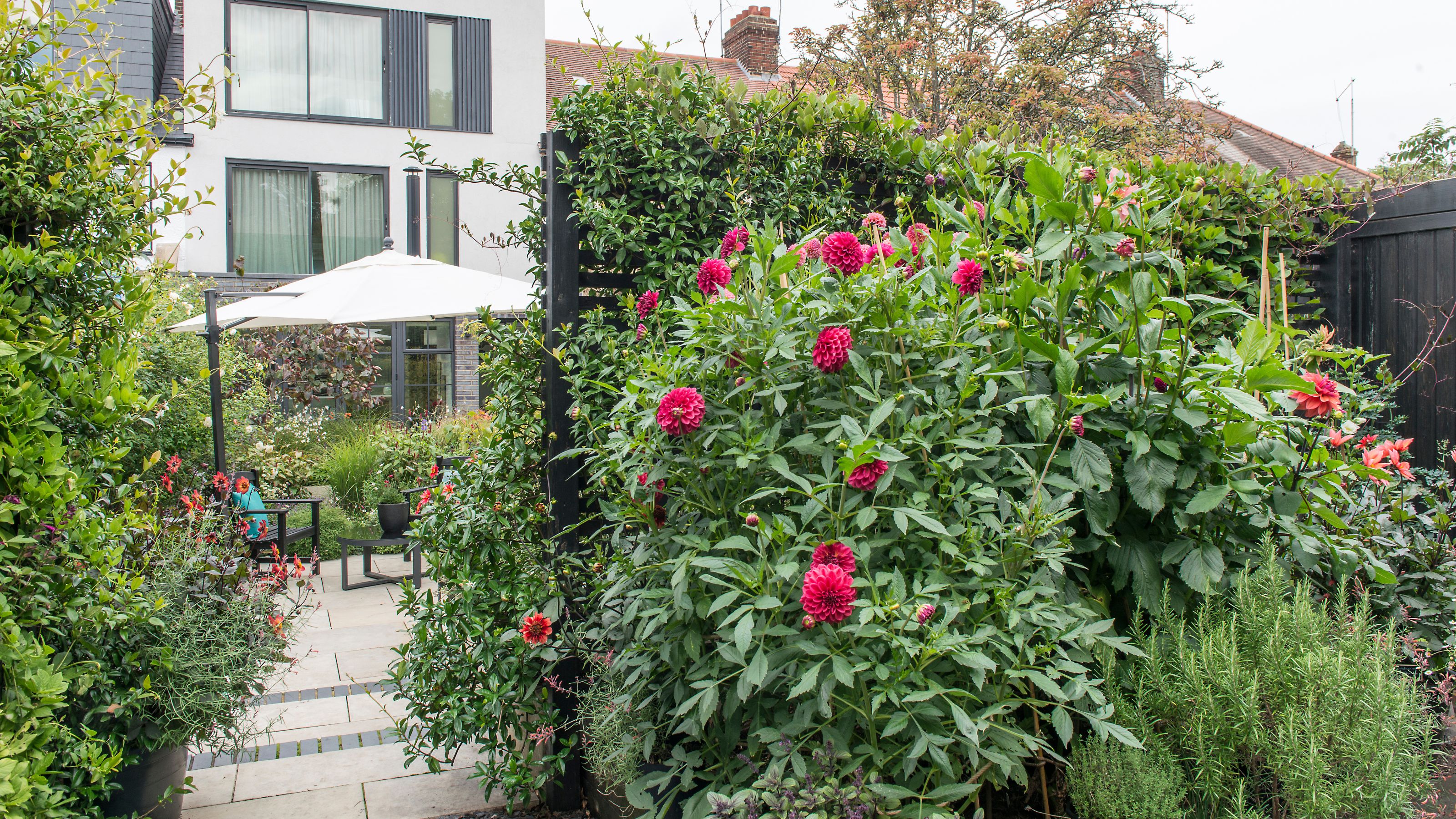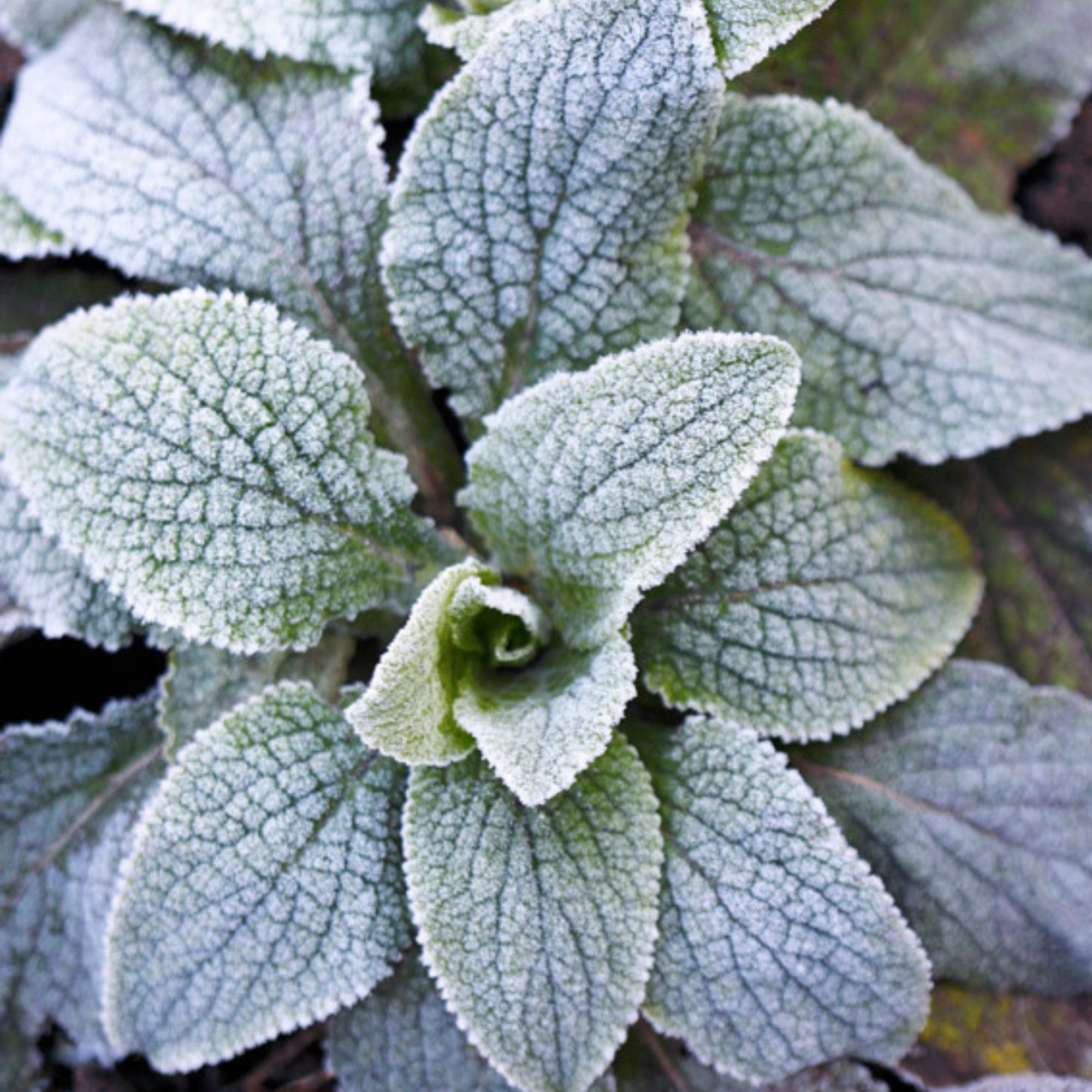Do perennials need to be protected from frost? Some do – and leaving them unprotected could spell disaster for your plants
These are the perennials that need protecting over the winter


'Overwintering' seems to be the gardening buzzword this season, with many of us taking steps to protect our plants from the cold weather ahead. But do perennials need to be protected from frost?
Learning how to protect plants from frost is key to getting your garden ready for winter, but knowing which plants can fend for themselves is just as important if you want to save precious time and resources on frost protection.
To help you get your plants sorted before the first frosts arrive, we've put together a guide to the types of perennials that need protection from frost over the colder months.

Do perennials need to be protected from frost?
It all comes down to the hardiness of the perennial you're growing. Many perennials are hardy enough to withstand freezing temperatures and bounce back every year, but others can suffer frost damage if they're left unprotected over the winter.
Location, both within the garden and the region you live in the UK, is also an important factor. 'Most hardy perennials should be able to tolerate the frosts common in the UK, but the protection needs for borderline and more tender species will depend on their location,' says Angela Slater, gardening expert at Hayes Garden World.
So, do perennials need to be protected from frost? The answer is that some do – many deciduous and evergreen perennials are hardy enough to survive the winter without protection, but there are a few exceptions...
1. Tender perennials

You've probably seen the phrase 'tender perennial' floating around, but what does that actually mean?
Sign up to our newsletter for style inspiration, real homes, project and garden advice and shopping know-how
Put simply, a tender perennial is a plant that lives for more than two years but won't survive a frost. It generally requires temperatures above 1°C to stay alive.
If you're growing a less hardy fuchsia variety, for example, you'll need to learn how to overwinter fuchsias. Some knowledge about overwintering geraniums and begonias will also come in handy if you want to see the plants through to next spring.
Tender varieties of salvia, agapanthus and cannas also benefit from frost protection, and learning how to overwinter dahlias is essential if you want fresh flowers next year.
2. Young perennials

Even if you're buying a hardy perennial for the garden, young plants sometimes need a little extra protection during their first winter or two.
'Young perennials, planted late in the season, won’t have time to build up a resilient crown and root system so will be at risk of frost damage,' explains Angela. 'Their foliage is also too weak and sappy to withstand any degree of frost.
'If you have a new herbaceous border planted with small perennials, just secure a sheet of horticultural fleece over the whole bed. It is advisable to protect these plants for the first couple of winters until they have built up their resilience to frost.'
3. Perennials in pots

Perennials in the ground will generally fare better than those in pots during the winter. Not all perennials in pots need protecting, but it's important to note that the roots are more vulnerable when grown this way, especially during wet winters.
'Outdoor container plants will need a helping hand to see them through the coldest months,' says Andrew White, gardening expert at Rhino Greenhouses Direct. 'Waterlogged compost may freeze in a cold spell, damaging the roots and bulbs of your precious pot plants.'
Consider mulching around perennials in pots or wrapping them in fleece during particularly cold spells.
'Plants in containers, regardless of their natural frost resilience, are at greater risk of freezing,' agrees Angela. 'Make sure the containers are raised off the ground to allow water to drain away.'
4. Cold extremes

If you live in a particularly chilly part of the UK, or your garden sits in a frost pocket, even hardy perennials might need a little extra protection during cold spells.
As we mentioned before, location plays a huge role in determining whether or not perennials need to be protected from frost.
'The south of the country tends to be a lot milder than the north, and sheltered south-facing aspects against a house will generally be almost frost-free in the south,' says Angela.
And not just the site – the soil your perennials live in will also affect their vulnerability to the frost. 'Plants in free-draining soils will also fare a lot better than those in heavy moisture-retaining soils that are prone to freezing,' Angela continues.
'Hardy perennials in heavy clay soils that remain waterlogged throughout the winter may benefit from additional protection. You can do this by adding compost or well-rotted farmyard manure, which should open up the structure and allow it to drain.'
Frost protection essentials
FAQs
Can you leave frost cloth on plants?
Even though many plants need consistent protection during the winter, they still need to be able to receive enough sunlight and air to grow healthily.
Thankfully, the best plant covers for winter are breathable, allowing air and light to reach your plants. If you're wrapping or covering your plants whole, though, it doesn't hurt to remove the fleece on milder days to give them a bit of breathing space.
Does gravel protect plants from frost?
If you're wondering how to protect plants with mulch, gravel is an effective option for keeping frost off of plant roots. Gravel can also retain heat from the sun, especially darker chippings, which provide plants with extra warmth. Apply a generous layer for the best results.
Are there any perennials that don't need protecting from frost?
Hardy perennials are less likely to need frost protection, but there are a few plants that actually benefit from cold snaps.
'Protecting perennials, in addition to any woody shrubs, roses, small trees or other woody plants, isn’t really necessary or beneficial because these plants need to experience the cold temperatures to fully enter dormancy,' explains Petar Ivanov Fantastic Gardeners' gardening and plant expert.
Remember to put frost protection measures in place before the first frost arrives – it isn't far away!

Sophie joined the Ideal Home team as Gardens Editor in June 2024. After studying English at Royal Holloway, University of London, she began writing for Grow Your Own, which spurred on her love of gardening. She's tried growing almost every vegetable under the sun, and has a soft spot for roses and dinnerplate dahlias.
As Gardens Editor, Sophie's always on the lookout for the latest garden trend. She loves sharing growing hacks for every space, from herbaceous borders to balconies.


